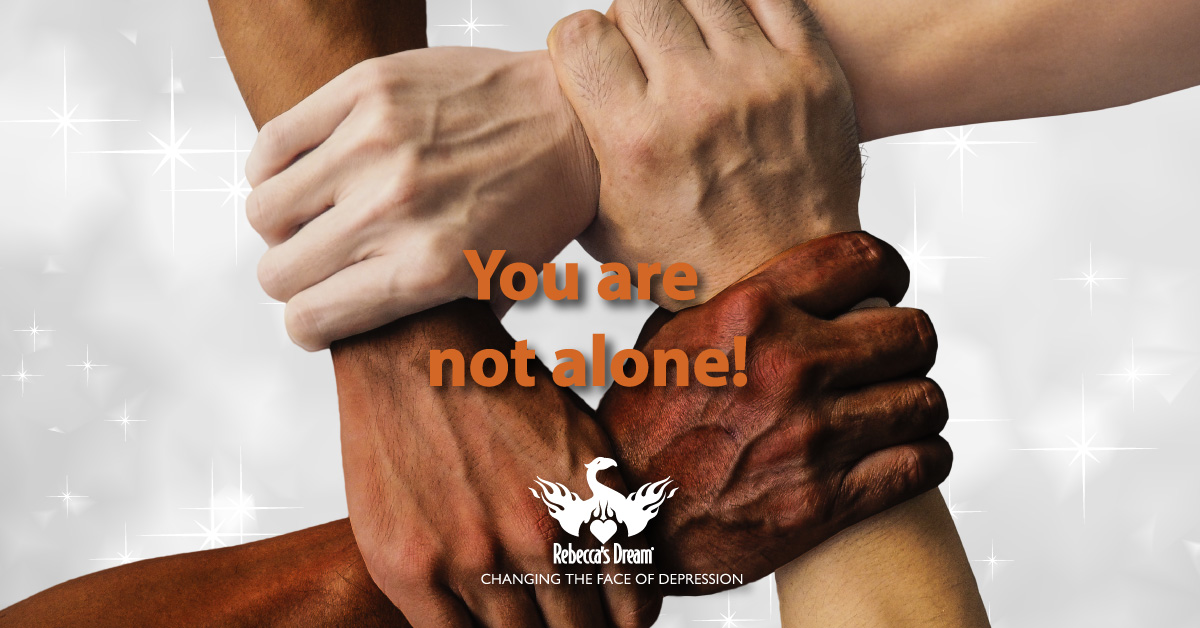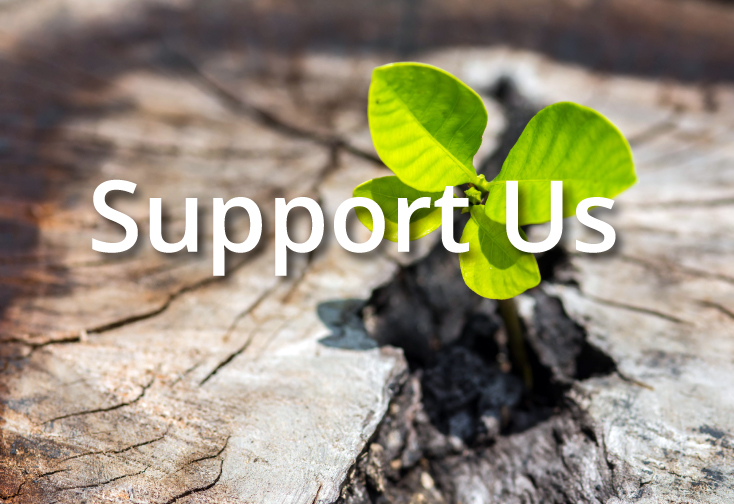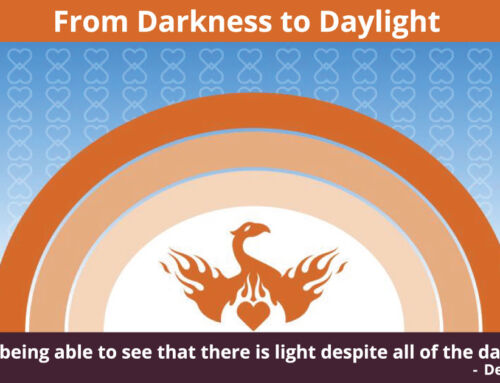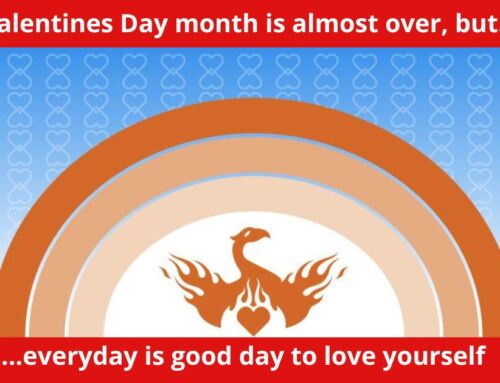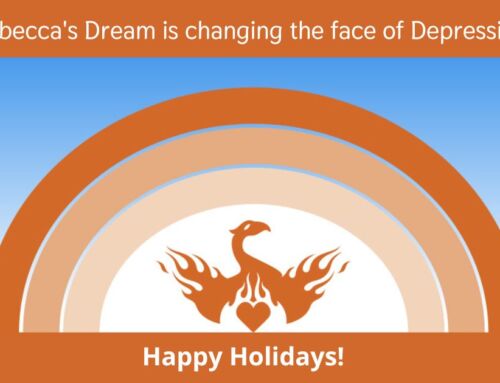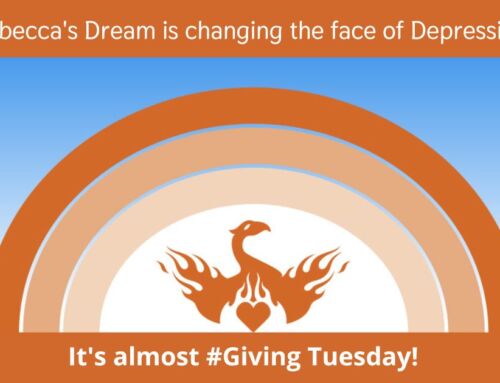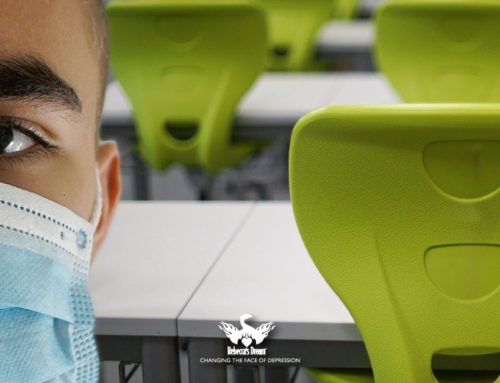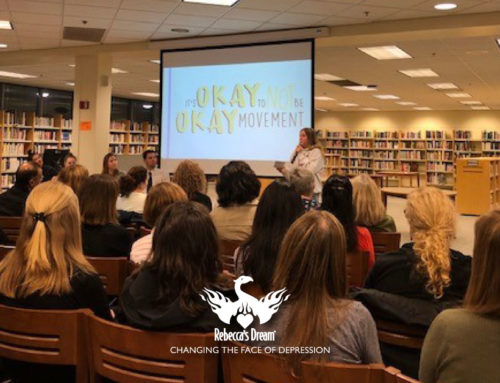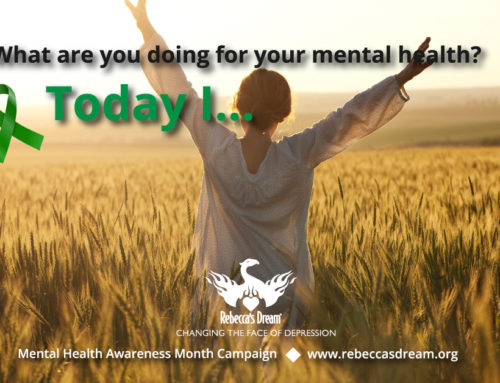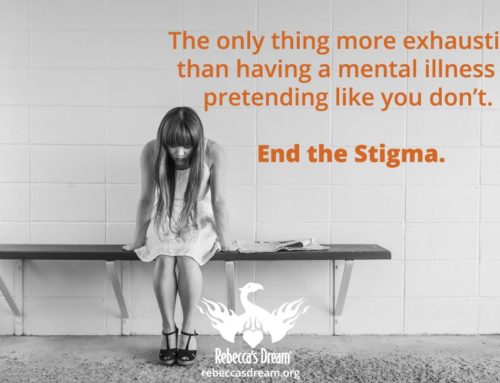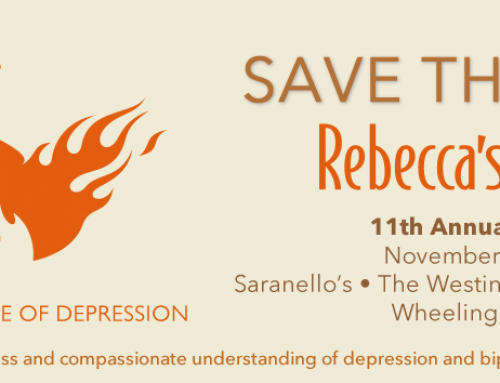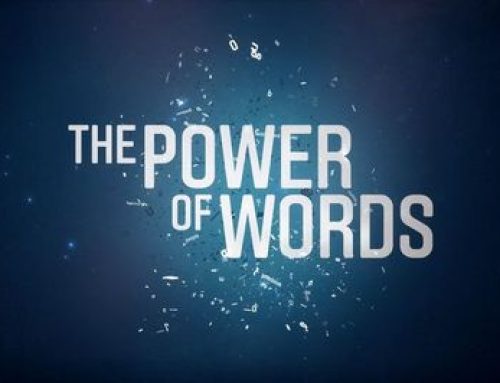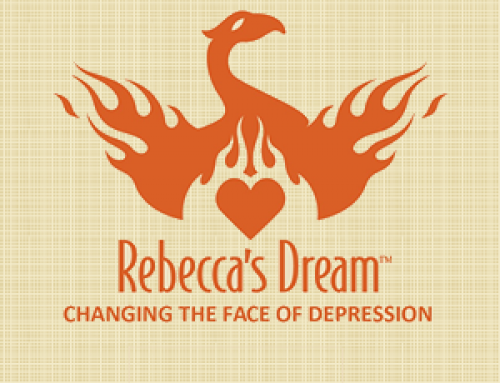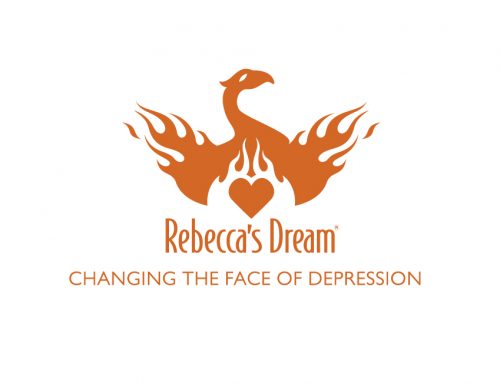Dear friends of Rebecca’s Dream,
I am very proud of all Rebecca’s Dream has accomplished these past 13 years and am highly optimistic about the years ahead. We have several events and programs already planned and several more in development. Our goal is to reach more people through a variety of messaging in order to CHANGE THE FACE OF DEPRESSION. We are partnering with organizations that share our mission and vision, as well as, providing scholarships each year to three graduating high school seniors who are committed to erasing the stigma of mental illness. We also continue to update our web site and social media ~ which are well received.
All in all, I believe we are in a great place and have a bright future.
It is, however, with a heavy heart I write this letter. Due to a new work opportunity, I am unable to complete my term as President of Rebecca’s Dream.
Therefore, as of September 1, 2018, I step down and pass the gavel to Stanford Slovin.
Stan is now Vice President of RD and has been a dedicated advocate since the beginning of our Foundation. Most of all, Stan is passionate about RD’s mission and vision. I have no doubt we are in supportive and capable hands.
Please join me in congratulating President Stan Slovin.
I also want to thank YOU ~ our loyal supporters and friends. It is because of YOU the Dream continues to change lives while CHANGING THE FACE OF DEPRESSION.
I know my sister, Rebecca, would be humbled by your efforts and generous contributions which have allowed our Phoenix to soar. While we still have work to do, together we will reach even greater heights towards mental health awareness.
Thank you for your continued partnership with Rebecca’s Dream.
Brett
September is Suicide Prevention Month
Suicide Prevention
“Suicide is a serious public health problem that can have lasting harmful effects on individuals, families, and communities. While its causes are complex and determined by multiple factors, the goal of suicide prevention is simple: Reduce risk factors and increase factors that promote resilience. Ideally, prevention addresses all levels of influence: individual, relationship, community, and societal.”
Risk Factors for Suicide
A combination of individual, relationship, community, and societal factors contribute to the risk of suicide. Risk factors are those characteristics associated with suicide—they might not be direct causes.
Risk Factors
Protective Factors that Help Promote Resilience for Suicide
Protective factors buffer individuals from suicidal thoughts and behavior.
Protective Factors
(U.S. Public Health Service 1999)
Source: Center for Disease Control and Prevention
When defeat comes, accept it as a signal that your plans are not sound, rebuild those plans, and set sail once more toward your coveted goal.
-Napoleon Hill
UPCOMING EVENTS
Rebecca’s Dream College 2019 Scholarships in memory of Dr. Harlan Haimes
Rebecca’s Dream is a 501(c)3 Foundation, committed to serving the community by promoting awareness and compassionate understanding of depression and bipolar disorder as real diseases. The Rebecca’s Dream Scholarships are an opportunity for high school senior students to address the serious issue of stigma associated with mental illness.
Three applicants will be awarded a $1,500 scholarship each.

Tips & Tools
Tips to help with Middle to High School Transition
Whether it’s sixth grade or ninth, graduating to a new school level usually means bigger school buildings, larger student bodies, more choices and more freedom. Along with excitement, students can feel anxiety, frustration and isolation. We spoke with several veteran middle and high school educators who gave us the following advice for how parents can help their children make a smooth transition.
Source Chalkbeat, by Ann Schimke


